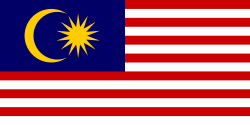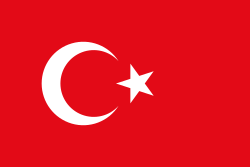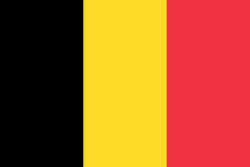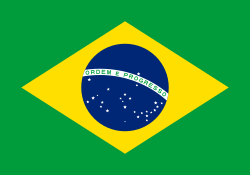Japans Grand Prix 2005
| Datum | 9 oktober 2005 |
|---|---|
| Bana | Suzuka Circuit |
| Sträcka | 53 × 5,807 - 0,198 = 307,573 km |
| Vinnare | Kimi Räikkönen, McLaren-Mercedes |
| Pole position | Ralf Schumacher, Toyota |
| Snabbaste varv | Kimi Räikkönen, McLaren-Mercedes, 1:31,540 |
| Temperatur | luften 26 °C, banan 33 °C |
Japans Grand Prix 2005 var det artonde av 19 lopp ingående i formel 1-VM 2005.
Rapport
Starten blev en japansk duell. I det första startledet stod Ralf Schumacher i Toyota och Jenson Button i BAR-Honda. Fernando Alonso i Renault startade från ruta 16 och Kimi Räikkönen i McLaren från den sjuttonde startrutan. Kimi Räikkönen vann loppet, trots sin blygsamma startposition, före de båda Renault-förarna Giancarlo Fisichella och Fernando Alonso. Han körde om Fisichella på utsidan under sista varvet. Juan Pablo Montoya kraschade våldsamt i inledningen av loppet, men klarade sig oskadd.
Resultat
- Kimi Räikkönen, McLaren-Mercedes, 10 poäng
- Giancarlo Fisichella, Renault, 8
- Fernando Alonso, Renault, 6
- Mark Webber, Williams-BMW, 5
- Jenson Button, BAR-Honda, 4
- David Coulthard, Red Bull-Cosworth, 3
- Michael Schumacher, Ferrari, 2
- Ralf Schumacher, Toyota, 1
- Christian Klien, Red Bull-Cosworth
- Felipe Massa, Sauber-Petronas
- Rubens Barrichello, Ferrari
- Jacques Villeneuve, Sauber-Petronas
- Tiago Monteiro, Jordan-Toyota
- Robert Doornbos, Minardi-Cosworth
- Narain Karthikeyan, Jordan-Toyota
- Christijan Albers, Minardi-Cosworth
Förare som bröt loppet
- Antonio Pizzonia, Williams-BMW (varv 9, snurrade av)
- Jarno Trulli, Toyota (9, olycka)
- Juan Pablo Montoya, McLaren-Mercedes (0, olycka)
Förare som diskvalificerades
- Takuma Sato, BAR-Honda, för att ha kolliderat med Jarno Trulli.
Noteringar
- Jacques Villeneuve fick ett tidstillägg på 25 sekunder för att ha tvingat Juan Pablo Montoya av banan.
VM-ställning
Förarmästerskapet
| Konstruktörsmästerskapet
|
| ||||||||
Media som används på denna webbplats
The Flag of Europe is the flag and emblem of the European Union (EU) and Council of Europe (CoE). It consists of a circle of 12 golden (yellow) stars on a blue background. It was created in 1955 by the CoE and adopted by the EU, then the European Communities, in the 1980s.
The CoE and EU are distinct in membership and nature. The CoE is a 47-member international organisation dealing with human rights and rule of law, while the EU is a quasi-federal union of 27 states focused on economic integration and political cooperation. Today, the flag is mostly associated with the latter.
It was the intention of the CoE that the flag should come to represent Europe as a whole, and since its adoption the membership of the CoE covers nearly the entire continent. This is why the EU adopted the same flag. The flag has been used to represent Europe in sporting events and as a pro-democracy banner outside the Union.The civil ensign and flag of Belgium. It is identical to Image:Flag of Belgium.svg except that it has a 2:3 ratio, instead of 13:15.



















